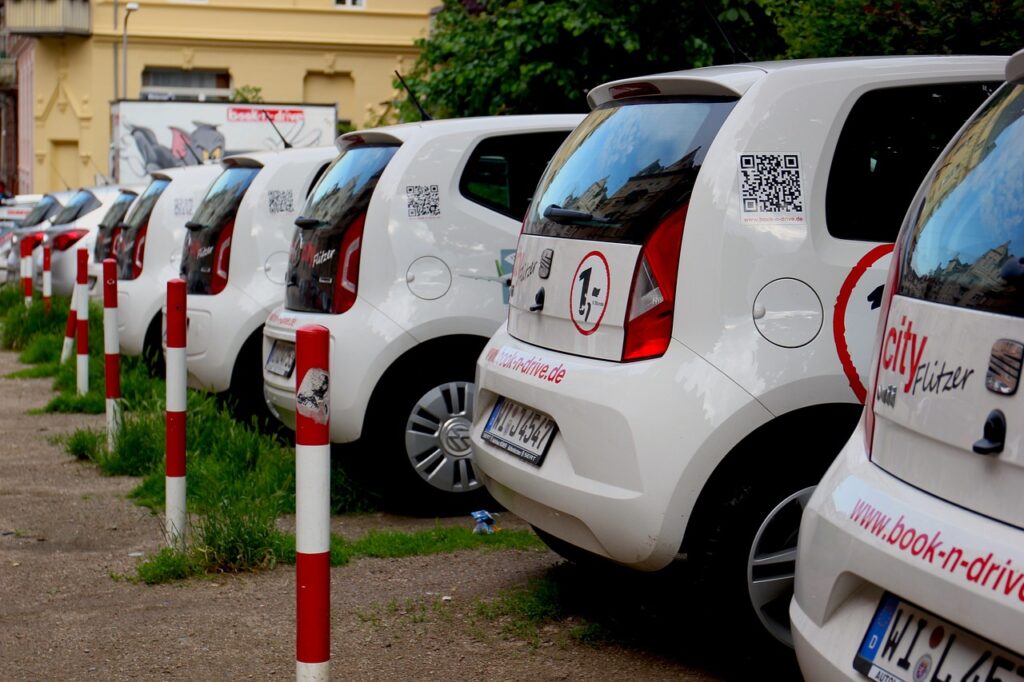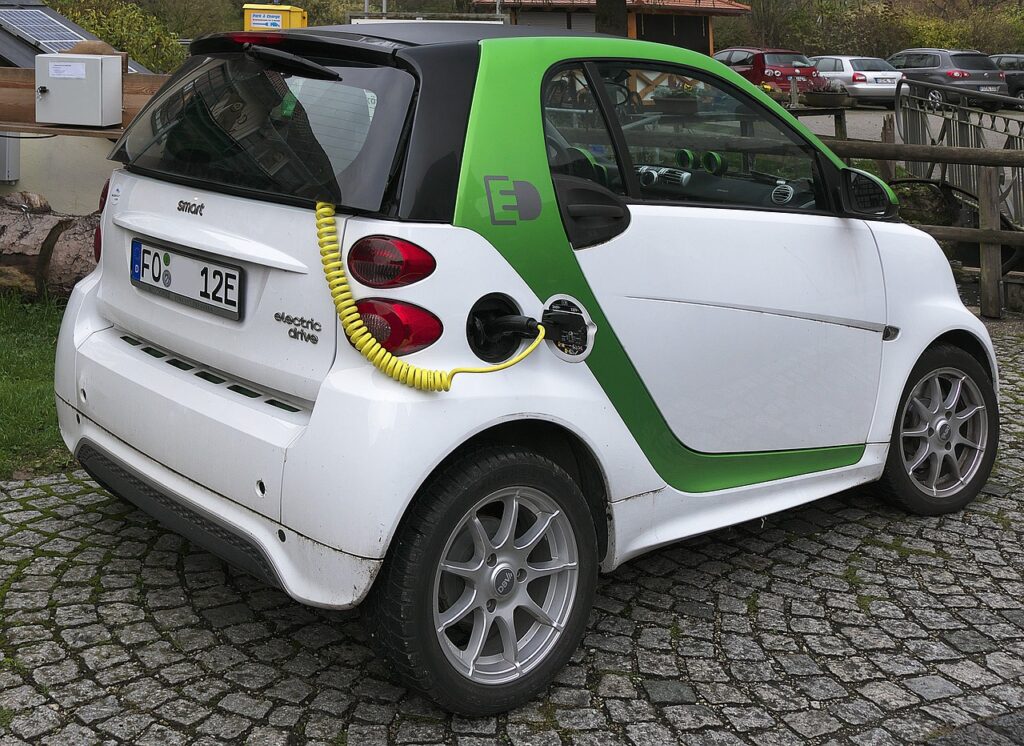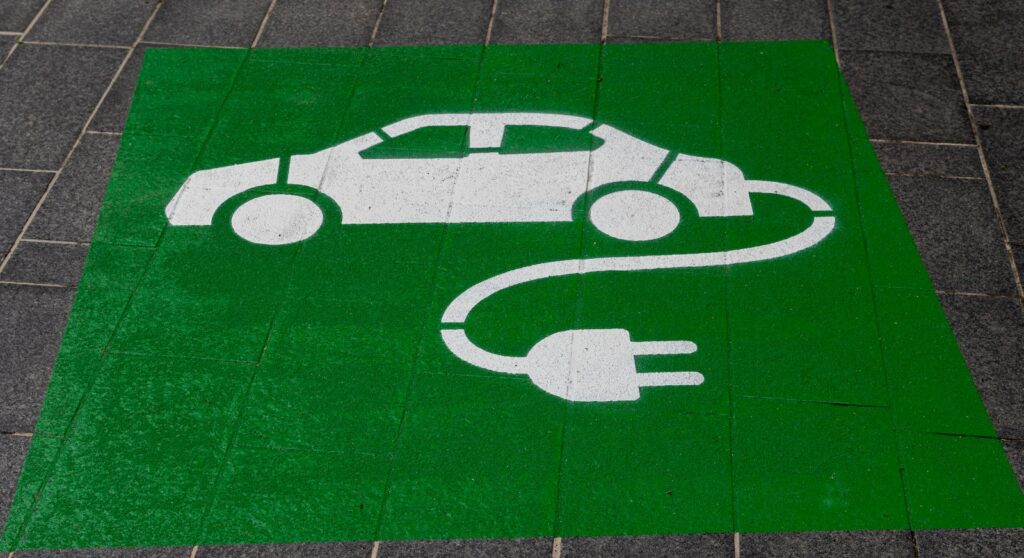In a world where our choices can shape the future of our planet, our daily commute holds immense potential for positive change. If you’re ready to embrace the role of an eco-warrior commuter and revolutionize your daily routine, you’ve come to the right place. In this comprehensive guide, we’ll unveil six brilliant sustainable travel solutions that will not only reduce your carbon footprint but also inject a newfound sense of fulfillment into your daily journey.
From the dynamic dynamics of carpooling and ride-sharing to the invigorating freedom of cycling and the efficiency of public transportation, we’ll explore a range of options to suit your lifestyle and values. So, whether you’re navigating bustling city streets, embarking on a mindful walk, or considering the allure of eco-friendly vehicles, we want to transform your commute into a force for positive change. It’s time to embark on the path of sustainable travel solutions and create a brighter, greener future for all.
Table of Contents
1. Carpooling and Ride-Sharing
Carpooling and ride-sharing are excellent sustainable travel solutions that not only benefit individuals but also contribute to a greener environment. By sharing rides with others heading in the same direction, you can significantly reduce your carbon footprint and make a positive impact on the planet.
Carpooling and ride-sharing involve sharing a vehicle with one or more passengers traveling to a similar destination. This practice promotes resource optimization by maximizing the occupancy of vehicles and reducing the number of cars on the road. As a result, it helps alleviate traffic congestion, decrease fuel consumption, and lower greenhouse gas emissions.

To find carpooling and ride-sharing options, you can explore various platforms and mobile applications dedicated to connecting commuters. These platforms facilitate matching individuals with similar commuting routes, schedules, and preferences. You can also reach out to colleagues, neighbors, or community groups to organize carpooling arrangements.
When engaging in carpooling or ride-sharing, it’s important to establish clear communication and expectations with your fellow passengers. Coordinate pick-up and drop-off locations, discuss sharing costs, and establish ground rules for a comfortable and safe experience.
By carpooling or ride-sharing, you can enjoy several benefits beyond reducing your carbon footprint. These include cost savings on fuel and parking expenses, reduced wear and tear on your vehicle, and the opportunity to socialize or network with fellow commuters.
Research suggests that carpooling with just one additional person can reduce emissions by approximately 50%. This significant reduction in greenhouse gas emissions demonstrates the power of carpooling as a sustainable travel solution. So, whether you’re commuting to work, school, or any other destination, consider carpooling or ride-sharing as a practical and eco-friendly choice.
2. Public Transportation
Public transportation is a key pillar of sustainable travel solutions, offering numerous advantages for both individuals and the environment. Opting for public transportation instead of driving a car alone to the workplace can significantly reduce your carbon footprint while providing several other benefits.
Using public transportation reduces the number of vehicles on the road, leading to reduced traffic congestion and decreased air pollution. It helps conserve energy by utilizing more efficient modes of transportation, such as buses, trains, trams, and subways. Compared to driving alone, public transportation emits fewer greenhouse gases per passenger, contributing to a cleaner and healthier environment.
One of the main advantages of public transportation is its accessibility and affordability. It provides an inclusive mode of travel that is available to everyone, regardless of car ownership. Public transportation networks are designed to connect various areas within cities and beyond, offering convenient routes and schedules for commuters.

To effectively utilize public transportation, it’s essential to familiarize yourself with the different modes available in your area. Understand the bus and train routes, subway lines, and tram schedules. Take advantage of online resources, mobile apps, and maps to plan your trips efficiently, ensuring you reach your destination on time.
When using public transportation, consider incorporating sustainable practices such as bringing your reusable water bottle, using eco-friendly bags, and opting for paperless tickets or digital payment methods. By adopting these habits, you contribute to a more sustainable and environmentally friendly travel experience.
Research shows that commuting via public transportation can reduce carbon emissions by up to 85% compared to driving alone. This substantial reduction highlights the significant impact public transportation has on reducing greenhouse gas emissions and combating climate change.
By embracing public transportation as a sustainable travel solution, you not only contribute to a greener future but also enjoy benefits such as reduced stress, cost savings, and the opportunity to relax or be productive during your commute.
3. Cycling
Cycling is not only a sustainable travel solution but also a fantastic way to incorporate exercise into your daily routine. It offers numerous environmental and health benefits while providing an enjoyable and efficient mode of transportation. By choosing cycling as your commute option, you can significantly reduce your carbon footprint compared to driving a car alone to the workplace.
When you cycle instead of driving, you eliminate tailpipe emissions and reduce air pollution, making cycling an eco-friendly choice. It produces zero greenhouse gas emissions and contributes to cleaner air and a healthier environment. The more people choose cycling, the more we can reduce traffic congestion and the associated carbon emissions.
Aside from its positive environmental impact, cycling also promotes personal health and well-being. Regular cycling improves cardiovascular fitness, strengthens muscles, and enhances mental well-being. It’s a low-impact exercise that allows you to burn calories, improve stamina, and boost your overall fitness level.

To embrace cycling as a sustainable travel solution, it’s crucial to choose the right bike and accessories that suit your needs. Consider factors such as the terrain you’ll be cycling on, the distance of your commute, and any specific features or preferences you may have. Invest in a quality bicycle, helmets, lights, locks, and reflective gear for safety and visibility.
Cycling safety is paramount, and it’s essential to follow the rules of the road and practice proper cycling etiquette. Be mindful of other road users, signal your intentions, and adhere to traffic regulations. Stay visible by wearing bright clothing and using lights, especially during low-light conditions. Additionally, consider using designated cycling routes or bike lanes whenever possible.
Studies suggest that commuting by bike instead of driving alone can reduce carbon emissions by up to 75%. This substantial reduction showcases the significant impact cycling can have on lowering greenhouse gas emissions and promoting sustainable transportation.
By incorporating cycling into your daily commute, you not only contribute to a greener future but also improve your physical fitness and overall well-being.
4. Walking
Walking, the most basic and natural form of transportation, offers a sustainable travel solution that is not only environmentally friendly but also beneficial for your health and well-being. For short-distance commuting, walking can be a practical and enjoyable option that significantly reduces your carbon footprint compared to driving a car alone to the workplace.
By choosing to walk instead of driving, you eliminate the emissions associated with vehicle use, reducing air pollution and contributing to a cleaner and greener environment. Walking produces zero greenhouse gas emissions and helps combat climate change. Additionally, walking helps to reduce traffic congestion, which further decreases carbon emissions from idling vehicles.
Aside from its positive environmental impact, walking offers a range of health benefits. It is a low-impact exercise that improves cardiovascular fitness, strengthens muscles, and supports weight management. Walking also enhances mental well-being by reducing stress and boosting mood. Incorporating walking into your daily routine can contribute to a more active and healthier lifestyle.

Creating walkable communities is essential for promoting walking as a sustainable travel solution. Designing neighborhoods and urban spaces that prioritize pedestrian infrastructure, such as sidewalks, crosswalks, and well-lit paths, encourages people to choose walking as a mode of transportation. Walkable communities also foster social interactions, improve accessibility, and enhance the overall quality of life for residents.
To incorporate walking into your daily routine, consider small changes such as walking to nearby destinations instead of driving or using public transportation. Plan your route ahead of time, taking into account safety, time, and convenience. By combining walking with other sustainable travel solutions, such as public transportation or cycling, you can further reduce your carbon footprint and maximize the benefits of each mode of transport.
Walking is a sustainable travel solution that can significantly reduce carbon emissions for short-distance commuting. By choosing to walk, you contribute to a cleaner environment, improve your physical well-being, and create more livable communities.
5. Electric Vehicles
The rise of electric vehicles (EVs) presents an exciting and sustainable travel solution for commuters seeking to reduce their carbon footprint. Electric vehicles offer a cleaner and greener alternative to traditional gasoline-powered cars, significantly contributing to sustainable travel solutions.
EVs are powered by electricity, which means they produce zero tailpipe emissions. By driving an electric vehicle instead of a conventional car, you can substantially reduce your carbon footprint and contribute to the fight against air pollution and climate change. The amount of carbon emissions saved depends on the source of electricity used to charge the vehicle. When charged with renewable energy sources like solar or wind power, the carbon footprint can be dramatically lower compared to gasoline-powered vehicles.

There are various types of electric vehicles available, including battery electric vehicles (BEVs) and plug-in hybrid electric vehicles (PHEVs). BEVs run solely on electricity and require charging from an external power source. PHEVs, on the other hand, combine an electric motor with a conventional engine and can be charged both from an external source and through regenerative braking.
Charging infrastructure plays a crucial role in the widespread adoption of electric vehicles. As the popularity of EVs grows, the availability of charging stations is expanding, making it more convenient for EV owners to recharge their vehicles. Factors to consider when owning an electric vehicle include the location of charging stations, charging speeds, and the duration of charging sessions. Additionally, advancements in technology and government incentives continue to make electric vehicles more accessible and affordable.
By choosing an electric vehicle for your daily commute, you not only reduce your carbon footprint but also enjoy other benefits such as lower fuel costs, quieter operation, and reduced dependence on fossil fuels. The environmental impact of electric vehicles is highly dependent on the energy source used to generate electricity, emphasizing the importance of transitioning to renewable energy for a truly sustainable transportation system.
6. Telecommuting
Telecommuting, also known as remote work or working from home, has become increasingly popular in recent years. This innovative approach to work not only offers numerous benefits for individuals but also contributes significantly to sustainable travel solutions and reducing carbon emissions.
One of the primary advantages of telecommuting is the elimination of the daily commute. By working from home, you can avoid the need to drive to and from the office, thereby reducing traffic congestion and carbon emissions associated with solo commuting. The environmental impact of telecommuting varies depending on the distance of the commute and the type of vehicle used. However, studies have shown that remote work can lead to a substantial reduction in carbon footprint compared to traditional commuting methods.

Setting up a productive home office is essential for successful telecommuting. Designating a dedicated workspace, ensuring a comfortable ergonomic setup, and minimizing distractions are key factors to consider. Additionally, establishing a routine, setting clear boundaries between work and personal life, and utilizing technology tools for effective communication and collaboration are crucial for maintaining work-life balance while telecommuting.
The benefits of telecommuting extend beyond sustainability. Remote work offers flexibility, increased autonomy, and the opportunity to create a personalized work environment. It can enhance productivity, job satisfaction, and overall well-being, while also reducing stress associated with commuting and promoting a healthier work-life integration.
Organizations and individuals can leverage telecommuting as a long-term sustainable travel solution. By embracing remote work, companies can reduce their carbon footprint, lower office space and utility costs, attract and retain top talent from diverse geographical locations, and promote a more flexible and inclusive work culture.
In conclusion, telecommuting is a powerful sustainable travel solution that not only decreases carbon emissions but also provides numerous benefits for individuals and organizations alike. By adopting remote work practices, we can contribute to a greener future while enjoying the advantages of a more flexible and balanced lifestyle.
Conclusion
By incorporating these six sustainable travel solutions into your daily commute, you can significantly reduce your carbon footprint and contribute to a more sustainable future. Embrace the role of an eco-warrior commuter and make a positive impact on the environment while enjoying a greener and more efficient way of traveling. Start your journey towards sustainable commuting today!








